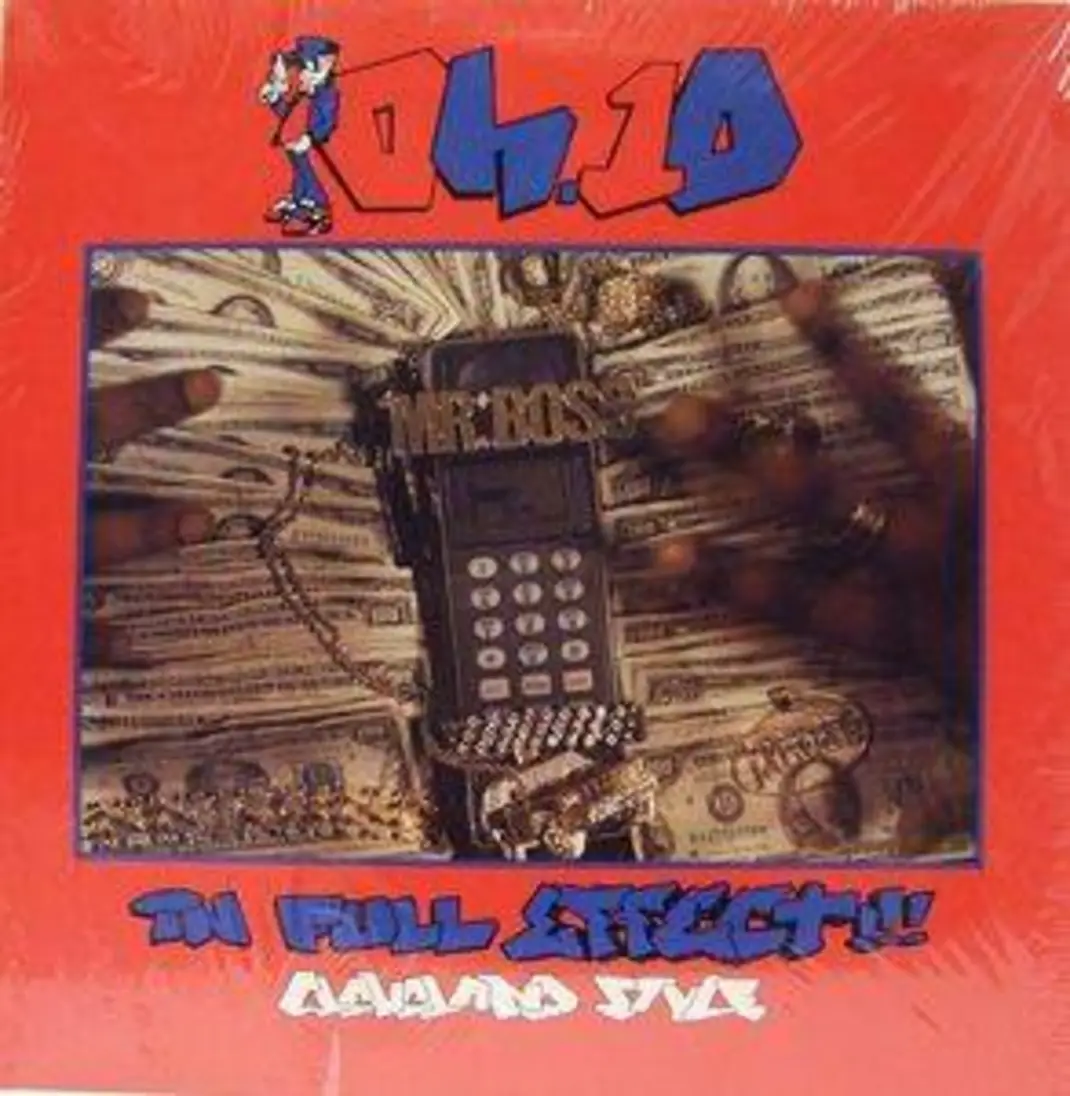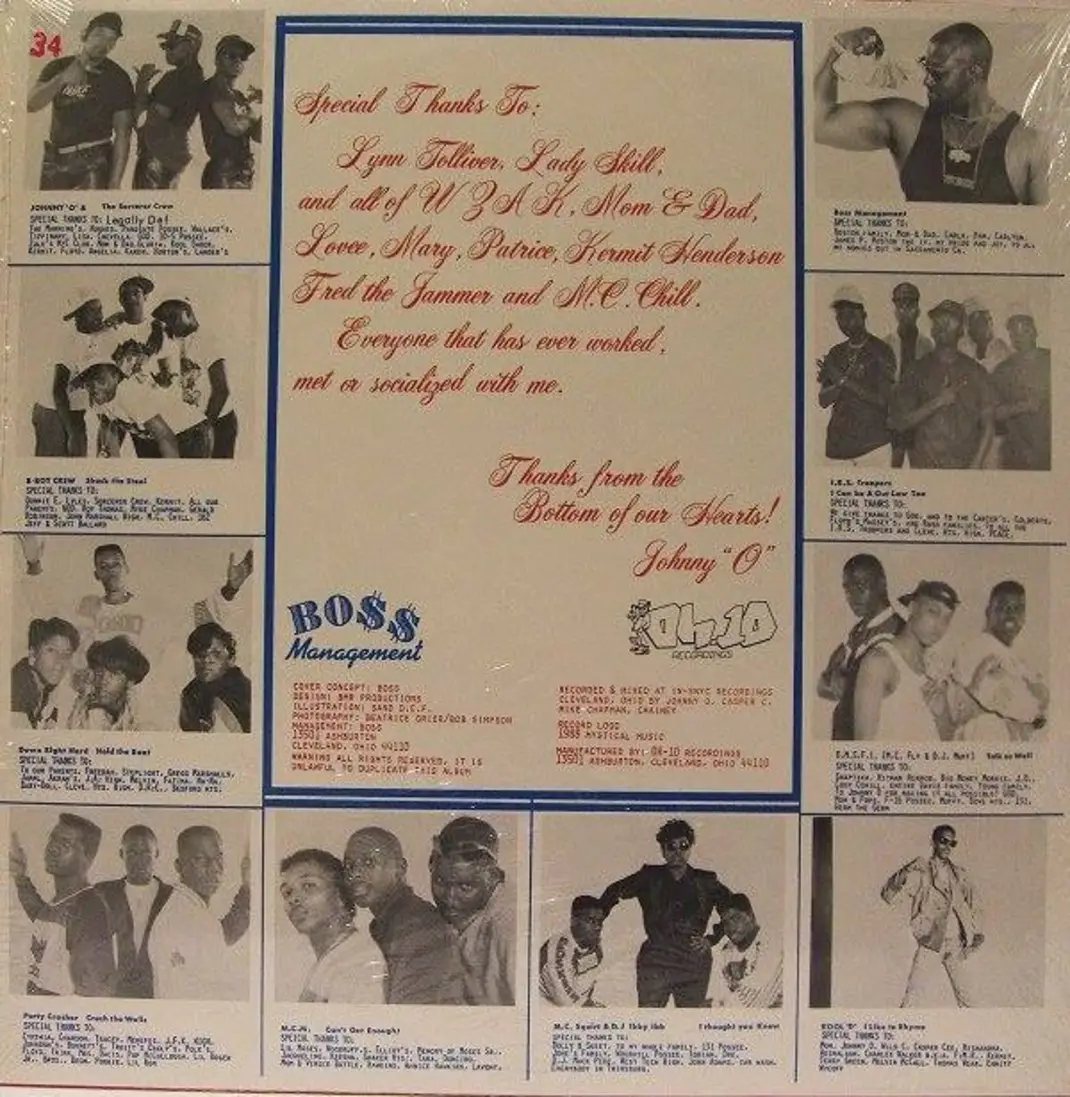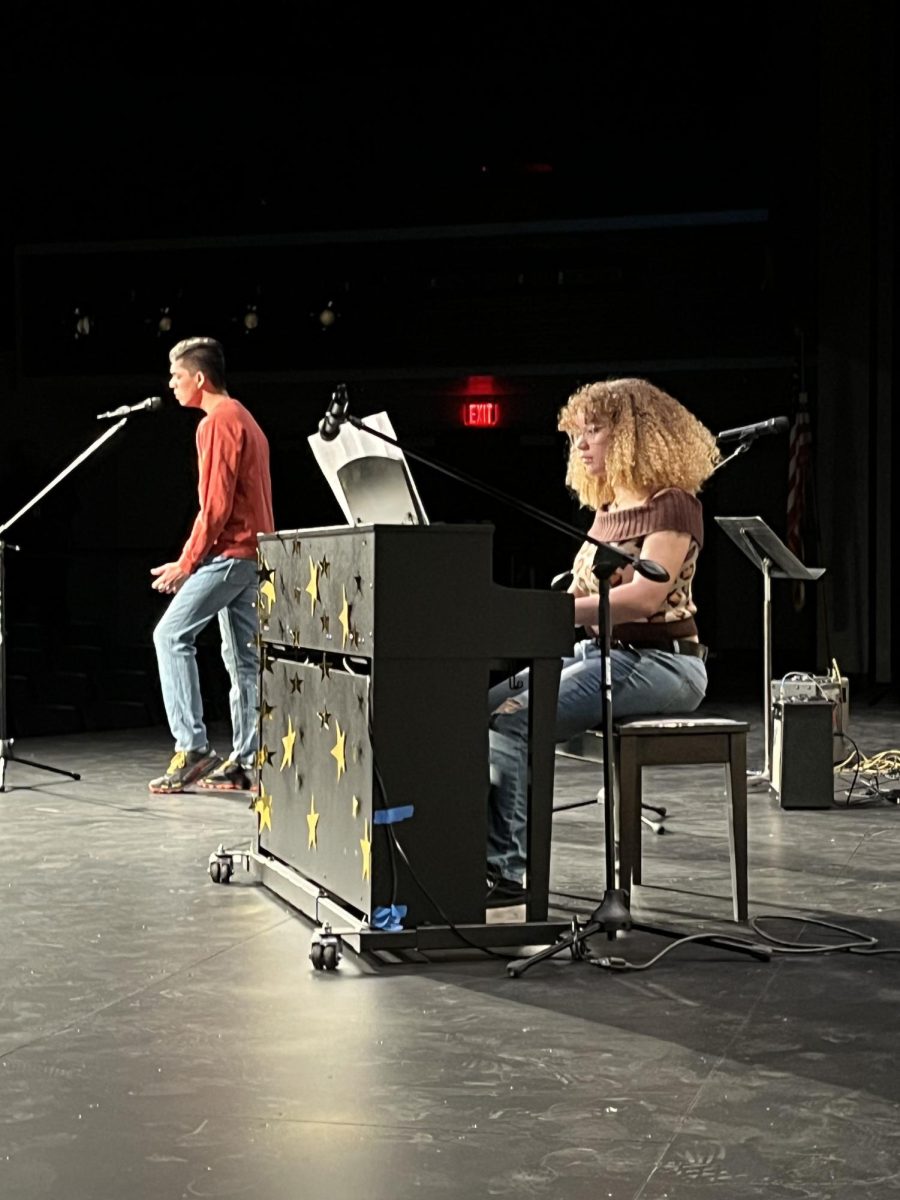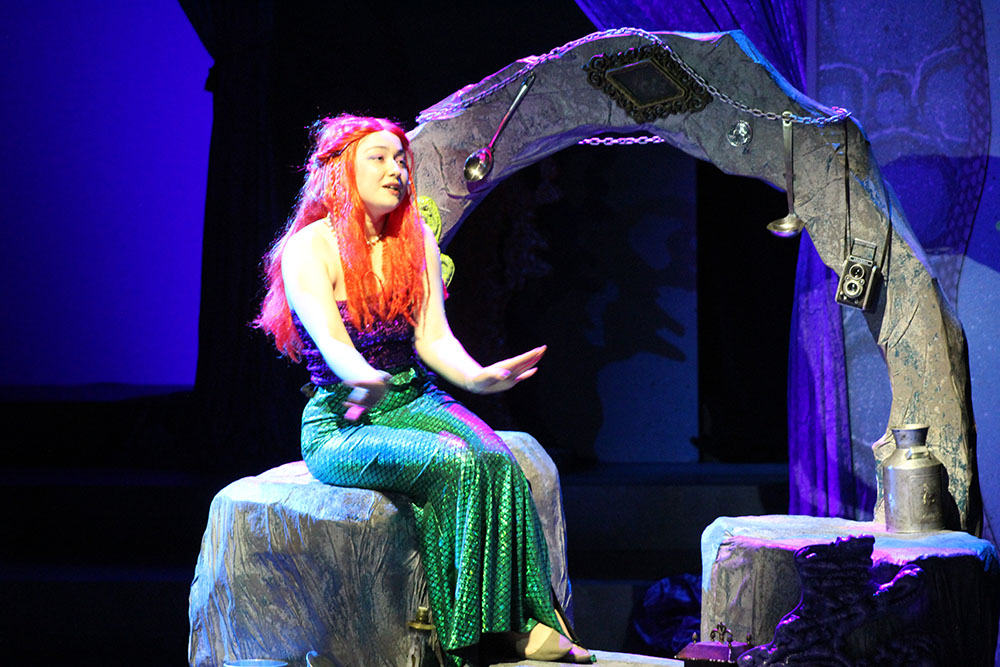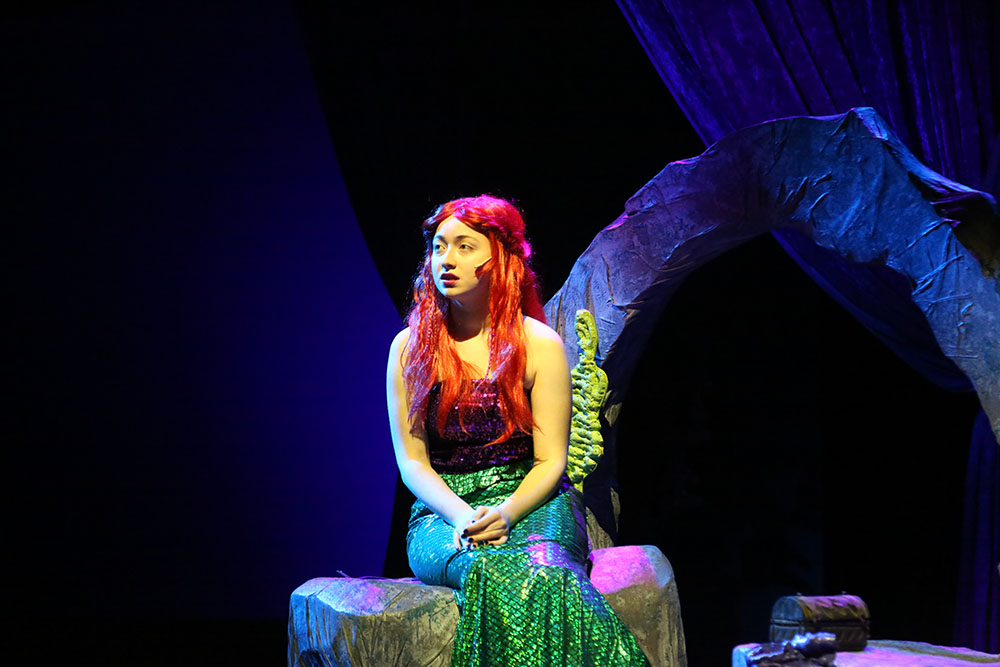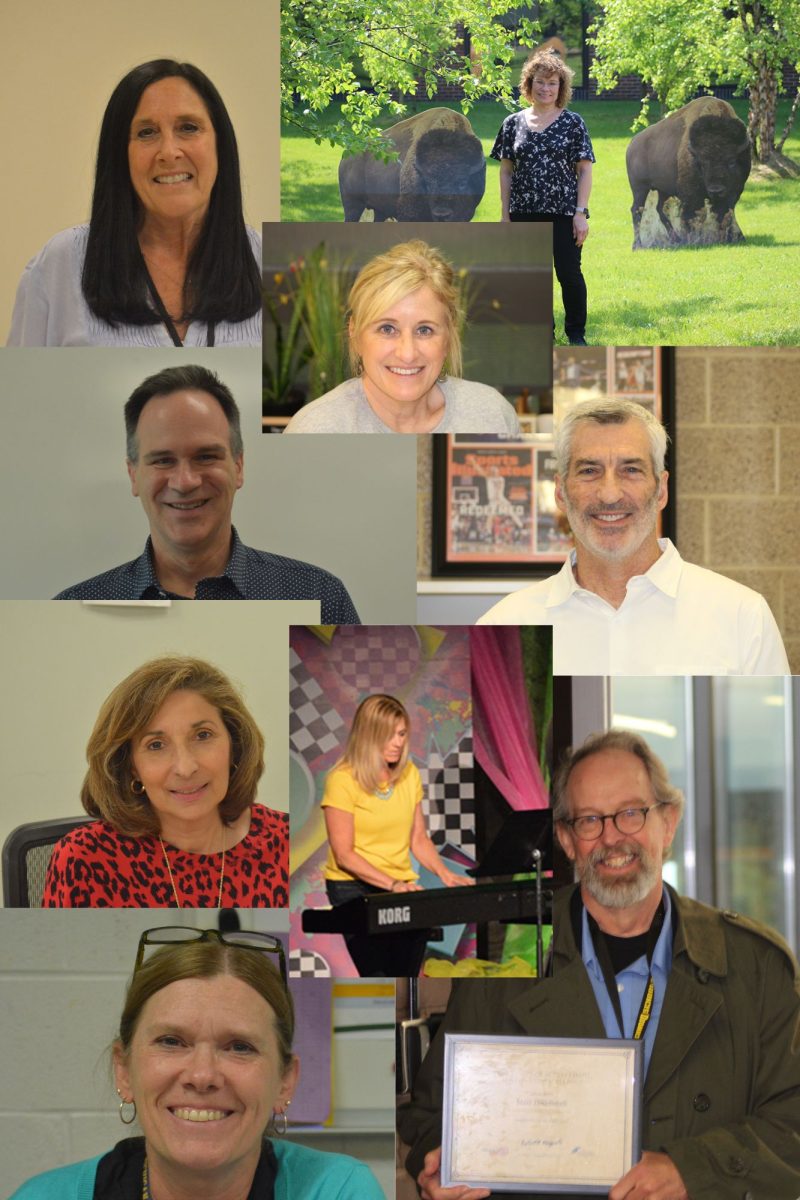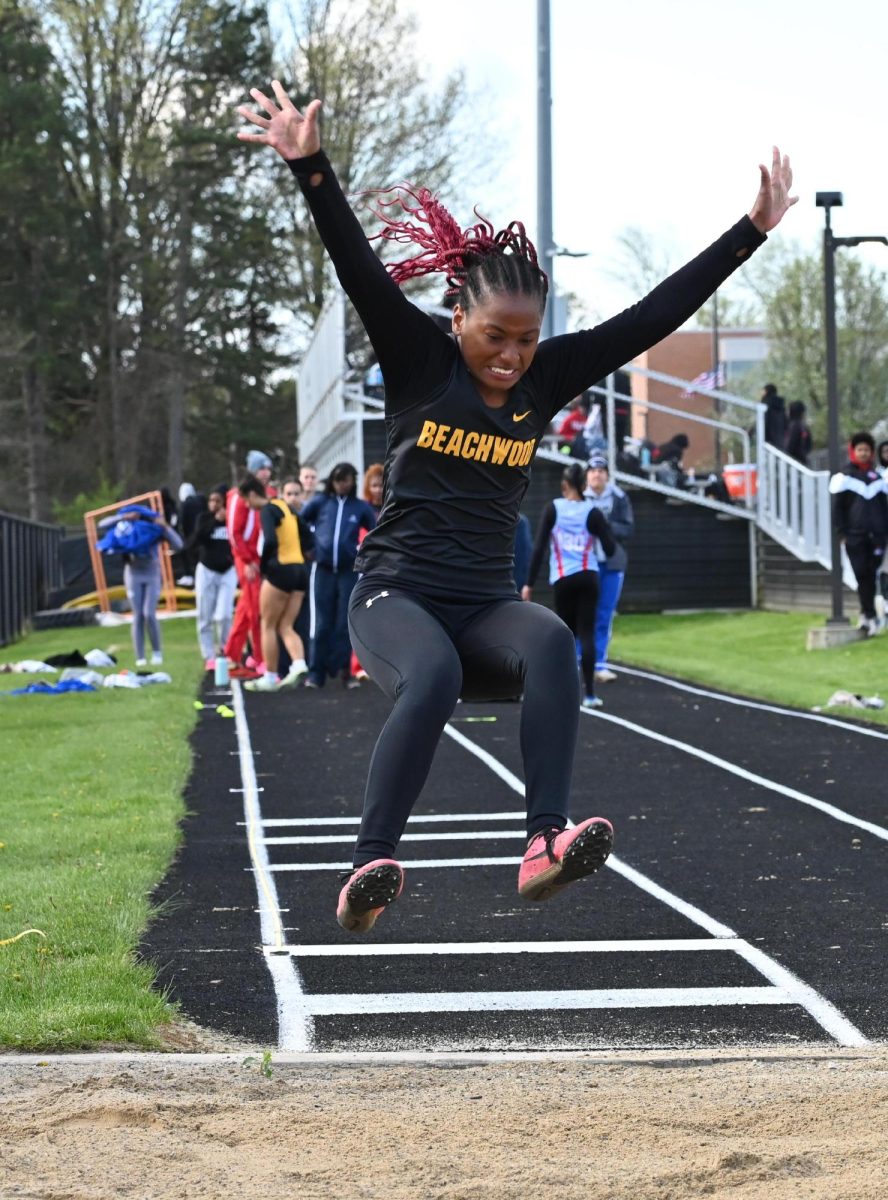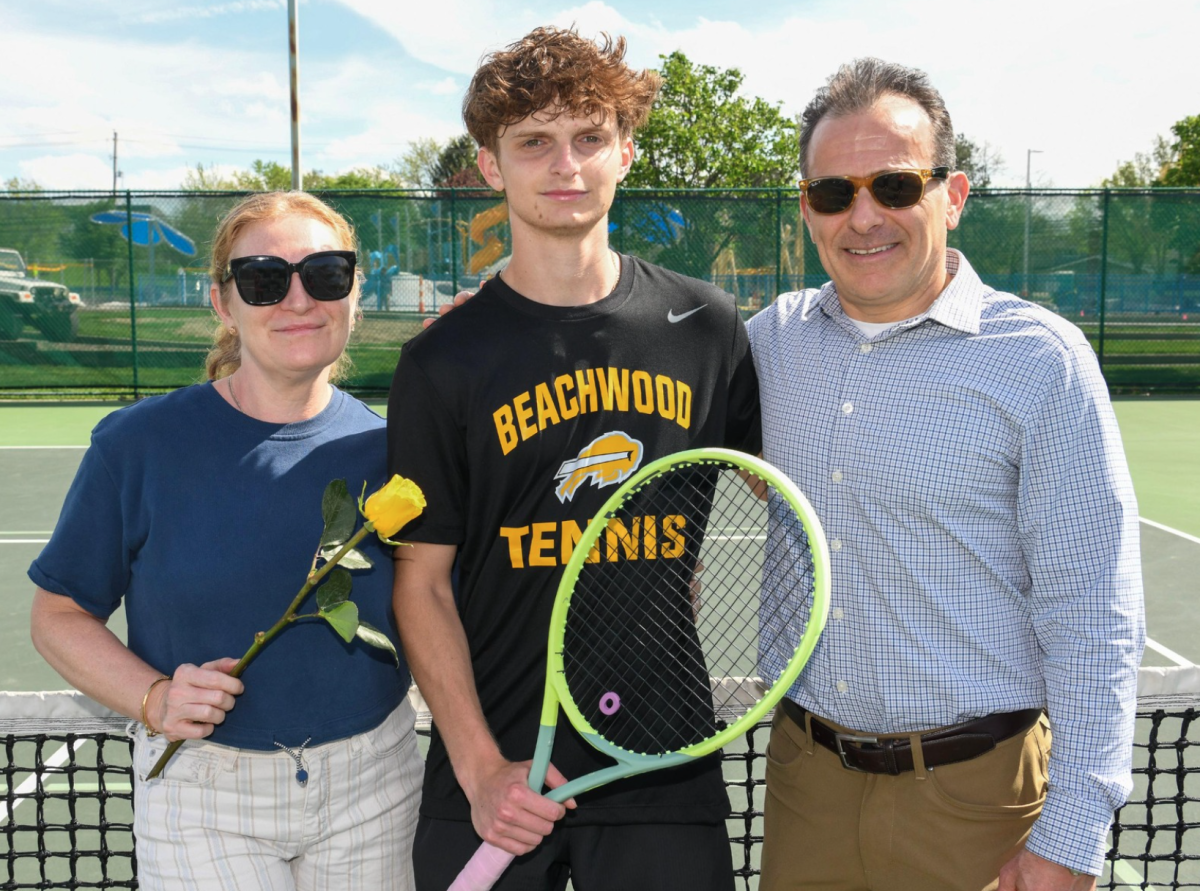Hip-hop celebrated its 50th anniversary back in August.
According to Spotify nearly a quarter of total streams in 2023 were in the hip-hop genre.
These streams were spearheaded by successful artists such as Drake, Nicki Minaj, 21 Savage, Ice Spice and Metro Boomin.
Cleveland native hip-hop artists such as Bone Thugs-N-Harmony, Kid Cudi and Machine Gun Kelly have a combined total of 43.1 million monthly listeners on Spotify, securing Cleveland’s significant role in hip-hop history.
“Cleveland’s impact is bigger than its image,” said Flesh-n-Bone of Bone Thugs-n-Harmony in Jay Cool’s documentary “216: Legends of the Land,” which tells the story of Cleveland hip-hop.
But before focusing on Cleveland, it is important to recognize the blood, sweat and tears that went into creating hip-hop, starting with the genre’s pioneers in New York City.
From the late 1960s to the early 1970s, disco dominated New York City. From the start, disco culture was all about glamor, from the silk suits to the dresses to the clubs.
However, as described in the Netflix documentary Hip-Hop Culture, many of the neighborhoods in the Bronx were on fire. According to the Bronx River Alliance, during the 1970s, 80% of housing was lost due to fires, and around 250,000 individuals were displaced. Additionally, many of these individuals were of Black and Puerto Rican descent. There is still debate today about the cause of the fires, as some individuals point the finger to the Bronx residents, while others blame deceptive government policies and greedy landlords.
Furthermore, many New Yorkers were suffering the effects of gang violence, poverty, crime and police violence; life in New York was anything but glamorous. In the documentary, Bronx photographer Joe Conzo described how this specific set of conditions led to the creation of hip-hop.
“It was that boiling point, to just give birth to something from nothing,” he said. “And out of all that turbulence and upheaval was the birth of hip-hop.”
Many attribute the origin of hip-hop to Jamaica native DJ Kool Herc, who moved to The Bronx at the age of twelve. Herc began to throw “hip-hop parties,” in which he would play music and invite his friends over for a good time. However, the music he played at these parties was different from the disco that many were accustomed to hearing on the radio.
As described in Hip-Hop Evolution, Herc played the funk music that many young African Americans had grown up on, including James Brown, Cymande and the Jimmy Castor Bunch. He also played music from more underground artists.
These were known as the first hip-hop parties because of the specific way that Herc played these records. He only played the “breakdown” section of the records, which was the part that only included the drums and or the bass. This is also where breakdancing, which is also referred to as B-Boying, originated, as break dancers danced during the “break” of a song.
Cleveland native hip-hop artists such as Bone Thugs N Harmony, Kid Cudi and Machine Gun Kelly have a combined total of 43.1 million monthly listeners on Spotify, securing Cleveland’s significant role in hip-hop history.
Jason Rawls, a producer, educator, DJ and assistant professor of hip-hop at The Ohio State University, described some of the ways that hip-hop began to transform from a niche, underground New York City genre to the popular culture-shifting genre that we know today.
“One of the biggest ways that hip-hop spread was a song [called Rapture] by a punk group called Blondie, which really [introduced] people what hip-hop was,” he said. “Because [Blondie] was very popular, that was the first time that many people even heard someone rap.”
Rawls also described how different pieces of film introduced many, including himself, to hip-hop.
“I got into hip-hop really strongly in 1984,” he said. “I was listening to it, but it wasn’t very mainstream or widespread in the early 80s. Then, in 1984, a couple of movies came out, one called “Beat Street,” and the other called “Breakin’,” and that’s what made the culture start to spread.”
“Because before that, up until the late 70s, hip-hop was only a New York thing,” he added. “Nobody around the country really knew about it like that.”
Former Cleveland DJ Joe Stills attributes the spread of hip-hop across Cleveland to Kent State University alumni Ernie Cochise Collier, more commonly known by his stage name, DJ Cochise.
“DJ Cochise, whose roommate in college was from New York, was doing these mixes and stuff from his room,” Stills said. “These guys are a little bit older than me, but we’re all still friends to this day. They were like my big brothers.”
Stills recounts how he entered the worlds of hip-hop and DJing.
“There was an opportunity that came when I befriended Lynn Tolliver’s nephew, David Tolliver, who had the “Rapper’s Delight” show at the time,” Stills said. “He asked me if I could do the show with him, and I said yes.”
Stills, a Cleveland State Alumni, explained how The Rappers’ Delight Show led to him becoming a DJ.
“We were on Saturday nights from midnight to three, playing all the latest hip-hop from New York, and breaking up [the records],” Stills said. “The Delight show was designed to break those [new] artists out.”
I got into hip-hop really strongly in 1984. I was listening to it, but it wasn’t very mainstream or widespread in the early 80s. Then, in 1984, a couple of movies came out, one called ‘Beat Street,’ and the other called ‘Breakin’,’ and that’s what made the culture start to spread.
— Jason Rawls, Asst. Professor of Hip-Hop, The Ohio State University
Stills also described the role that local college radio stations played in the development of hip-hop culture.
“Cleveland was a midwest breakout point for a lot of hip-hop records because of what we were doing on college radio. We broke a lot of records, like Public Enemy, Eric B and Rakim, LL cool J, MC Lyte and Queen Latifah,” Stills said. “ [Hip-hop] was a real underground culture in Cleveland that had a strong following.”
Stills detailed how the Rappers’ Delight show led to him and a group of college DJs from schools such as John Carroll and Case forming their own hip-hop based group.
“Us college DJs formed the Hip-Hop Coalition,” Stills said. “At the time, Civil B, an activist, got us all together, and we would meet up at local events and stuff.”
“We were a bunch of kids at that time, just trying to talk about hip-hop and have fun,” he added.
On the other side of the music development process, Rawls, who has released three solo albums, describes the process behind creating an album.
“It’s a very long, arduous task. You’ve got to conceptualize an album, figure out what you’re doing, record it, mix it, and then you get it mastered,” he said. “It can take anywhere from six months to a year to make an album, but for me, I like to take my time.”
Rawls also provided information about a few of his upcoming projects.
“I’ve got a house album coming out sometime in the summer, and I just signed to a German label, so I’ll be putting that out in the summer,” Rawls said. “Now, I’m working on another, so actually two albums. The recording process is always the creative and fun part.”
In addition to producing his own albums, Rawls has almost two decades of experience in the field of education. Formerly a professor at Ohio University, he has also led workshops around the country on the music industry, hip-hop education and beat production.
Rawls has made significant efforts to integrate education and hip-hop.
“The education piece came from me falling in love with education, and trying to combine my two passions,” he said. “I started teaching fifth grade in 2002, and from there, a lot of my students figured out that I was into hip-hop.”
“I started using that to build strong relationships with my students because we had something in common, and I think it works beautifully for teachers who can figure out how to use culture with their students,” he added.
Rawls also gave insight into some of his favorite albums and artists.
“‘Midnight Marauders,’ by A Tribe Called Quest, The Main Ingredient, ‘Fantastic Volume 2’ by Slum Village, and ‘Illmatic’ by Nas are some of my favorites, as well as Pete Rock and CL Smooth,” he said.
Cleveland was a midwest breakout point for a lot of hip-hop records because of what we were doing on college radio. We broke a lot of records, like Public Enemy, Eric B and Rakim, LL cool J, MC Lyte and Queen Latifah. [Hip-hop] was a real underground culture in Cleveland that had a strong following.
— Joe Stills
The expansive genre of hip-hop has left a large impact on teenagers today. YPulse, a market research firm that specializes in Gen Z and Millenials, conducted a poll revealing that the number of Gen Z individuals who reported hip-hop being a music genre that they enjoy listening to increased by 21% between 2019 and 2021.
Beachwood senior Sara Ahn described how she began listening to hip-hop.
“I got into hip-hop from popular culture, hearing it in public and hearing my friends listening to it,” Ahn said.
Ahn spends most of her time listening to newer artists rather than old school hip-hop. Ahn listed some of her favorite hip-hop albums today.
“I really like ‘Graduation’ and ‘Late Registration’ by Kanye West, ‘Long Live A$AP’ by A$AP Rocky and ‘Take Care’ by Drake. I like these albums because I really enjoy the beats and the lyrics,” she said.
Beachwood junior Ori Balkan discussed one of his favorite modern hip-hop artists, Kid Cudi.
“I like Cudi because of his vulnerability and versatility. His lyrics and vocals are so relatable in terms of feeling and sound, and he can actually rap,” Balkan said.
Kid Cudi, a.k.a. Scott Mescudi, is a Shaker Heights High School alumni who revolutionized the early 2000s hip-hop scene and reached quick success, notably co-writing Kanye West’s 808s and Heartbreak only months after releasing his debut mixtape A Kid Named Cudi.
Social Studies Teacher Felecia Hamilton, another avid hip-hop fan, shared some insight about her favorite artist, Lauryn Hill.
“I like her music because of what she does with the genre: she mixes in a lot of singer/songwriter with rap, and she’s one of the first women in the game to really make a name for herself in hip-hop,” Hamilton said.
“I really like her blending of rap with this guitarist background over a hip-hop beat, and I think it’s really cool what she did with all of her genre blending,” she added.
Hip-hop has had a great influence on both African American and American history. The musical genre has had an immeasurable cultural impact around the world.
Meanwhile, Cleveland continues to shape hip-hop, with the style of artists from the past such as Bone-Thugs-N-Harmony and M.C. Brains compounding with new rappers such as Cudi and Machine Gun Kelly.


